How to build a summer house with your own hands?
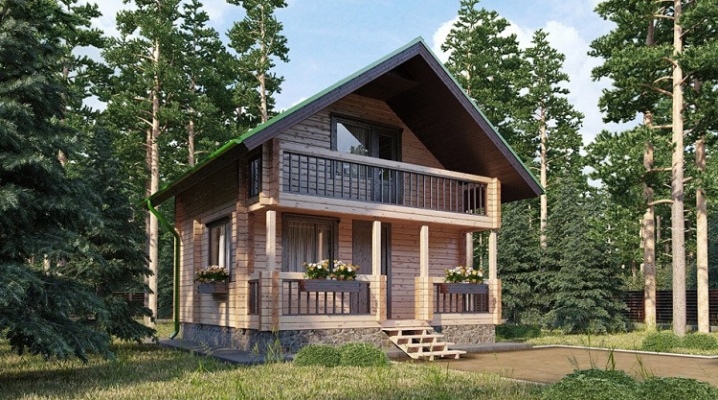
A country house is a concept that impoverishes buildings that fall under the list of defining criteria. So you can call a small building for household needs and a full-fledged house equipped with all the necessary communications, built on the land of gardening and economic purposes.
The construction of a country house is distinguished by a number of features that affect both the sphere of registration of cadastral documentation, and the choice of building material and technology. With knowledge of the basics of construction and the availability of technical capabilities, you can independently build a house for a summer residence.
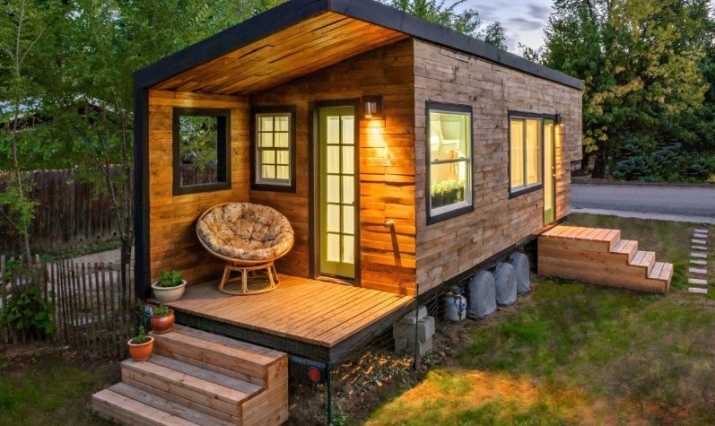
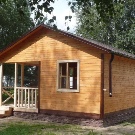
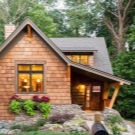
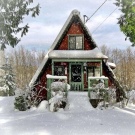
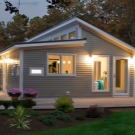
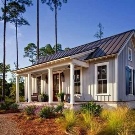
What is the best way to build?
The list of materials that can be used in the construction of a country house includes many names. What the house will be built from depends on the following:
- operational purpose;
- project budget;
- geological and geographical features of the region;
- construction technology.
The purpose of the suburban structure may be as follows:
- household needs;
- seasonal rest;
- long stay.
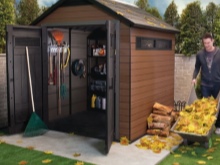
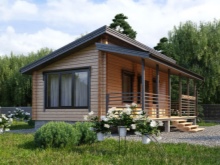
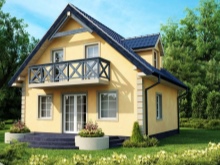
A household house can be used for a short stay (1-2 days, for example, during the harvesting period), storing summer cottages and equipment, storing canned products or short-term rest. You can live in a seasonal dacha dwelling for a certain period of time, covering an interval of 1-3 months. People come to such a house to rest in the summer season, in winter (on holidays) and in other periods. Such a structure is equipped with some household communications: water supply, its own sewerage system, gas equipment powered by bottled gas, electricity and appliances powered by it. Not all seasonal buildings are equipped with the specified list of communications in the complex.
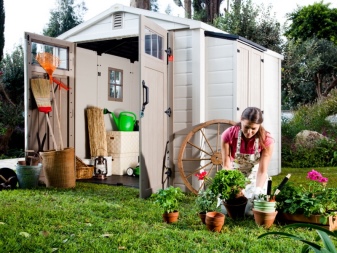
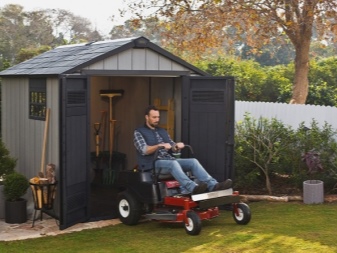
Country houses, in which you can live for a long time, must have a supply of essential communications: light, water, heating. In some cases, dacha villages in which such houses are located have their own centralized sewerage system. The nature of this building allows it to be used all year round regardless of weather conditions.
In a house of this type, you can even register under the law on "dacha amnesty".
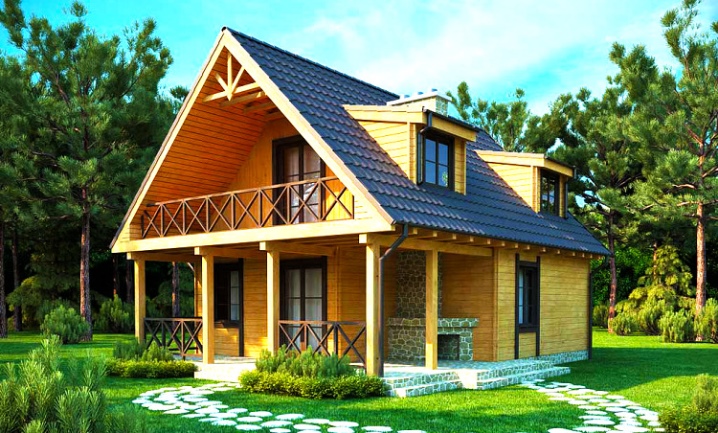
The project budget largely determines the nature of the future suburban building. Depending on the material capabilities of the owner, budget building materials or materials of the Euroclass can be used. The location of the land plot matters: its remoteness from the local infrastructure, the distance to the nearest base of building materials, the degree of its accessibility for the construction team.
The geology of the area affects what the country house will be like. The presence of complicating features of the relief on the ground: swampiness, hard or rocky soil, landslides, vegetation, etc. can increase the cost of work at all times at all stages. The geography of the region also determines the technical characteristics of the house. The northern regions are characterized by low temperatures even in the summer season, which necessitates additional thermal insulation.
The construction technology of a country house affects the cost of the materials used and, accordingly, determines the total cost of all work at different stages of construction.

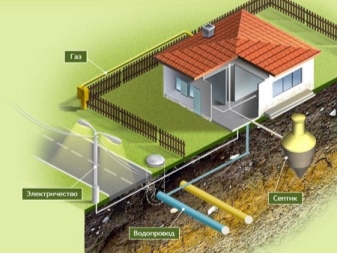
In accordance with the technology, a project is drawn up, which is based on the central idea that forms the final look of the building.
Modern building simple technologies involve the use of the following materials for the main purpose:
- wood;
- stone;
- gas silicate or concrete blocks;
- bricks;
- metal profile, etc.
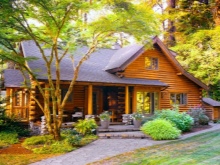
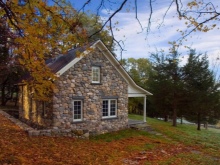
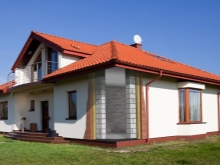
There are technologies that make it possible to build economy-class houses, which is acceptable for most country houses. Among the houses built using simplified technologies, one can note frame-clay, adobe and even pallets (budget material). Since country houses in most cases are buildings of secondary importance, it is advisable to use materials at hand during their construction. In their capacity, you can use materials that have already been used in the construction of other buildings. For example, after dismantling an old house, a large amount of used construction material remains.
Before starting construction work, it is necessary to develop a project for the future house. This is to simplify and facilitate the process. The presence of a project allows you to save time and money, since a well-thought-out design does not require unnecessary and unnecessary actions. There are many options for how you can build a country house with your own hands. Among the list of options, one can single out the main ones that are used in most cases.

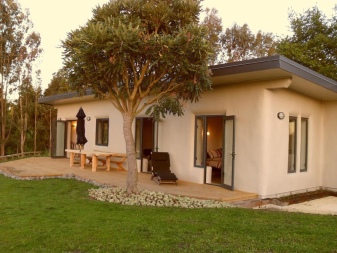
Project ideas
Design variations of country houses are divided into several criteria, in general, constituting the construction technology. Their list:
- type of foundation and method of filling;
- wall construction;
- the shape and construction of the roof.
A widespread technology for the construction of country houses is panel-frame technology.
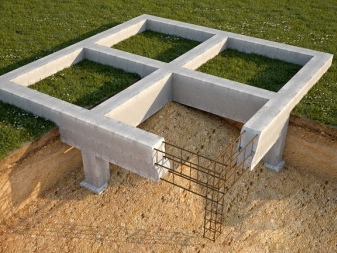
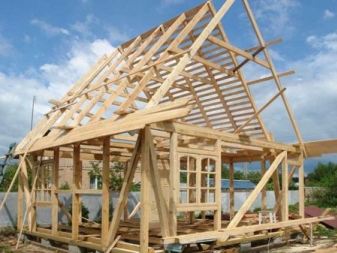
In this case, wood processed by the production method is used as the main material that makes up the supporting structure of the walls and floors. A supporting frame is assembled from a bar, slats, boards and additional connecting materials, which is initially attached to the foundation. Such a frame must necessarily provide for the location of the project elements: windows, doorways, technical openings. In places of their unwillingness, additional reinforcing joints are equipped, which also leads to material consumption.
The frame is veneered on two sides: outer and inner. The inner part of the frame is filled with insulation. It can be mineral wool, polystyrene foam, polystyrene foam or other building insulation.
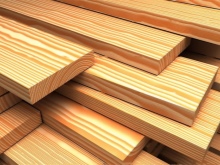
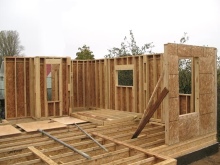
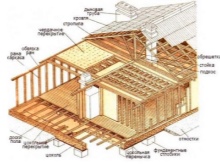
The outer part of the frame is covered with a waterproofing material, wind and steam protection (specialized textiles with a membrane structure that does not allow vapors to penetrate inside, but allows evaporation to come out, which prevents moisture from entering the insulation and reduces the risk of mold growth). As a facing finishing material, metal profiles, siding, wooden lining, etc. are used.
The inner surface of the frame is covered with materials close to the final interior finish. For example, drywall, OSB, chipboard, fiberboard and others. These materials are coated with an appropriate finish. For this, putty, paint or wallpaper can be used. The most common material for finishing is oriented strand board (sheets of compressed large chips, impregnated with a moisture-proof solution).
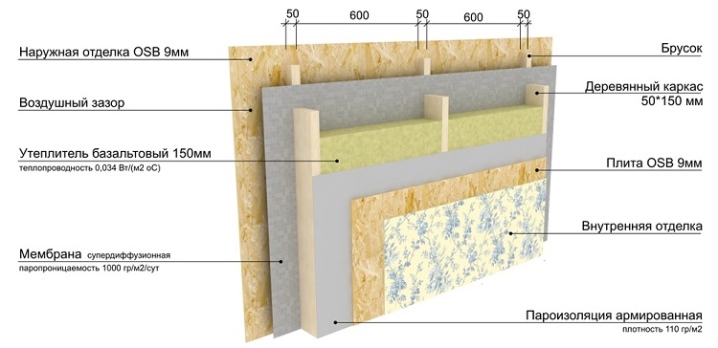
The use of wallpaper for interior wall cladding inside a country house is not recommended, since there are frequent temperature changes in it. A significant change in temperature is explained by the fact that a person does not live in such a house all the time. Being absent regularly, he cannot stably maintain the thermal readings at the proper level. The panel-frame structure needs a solid, stable foundation, since by itself it does not have seismic resistance. In this case, the rules for arranging a suitable foundation must be observed. These rules determine the depth, structure and type of foundation.
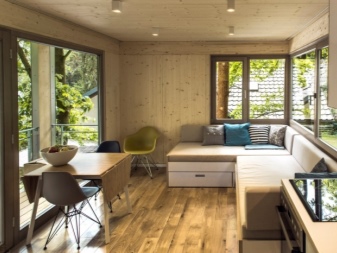

Another general direction in the construction of a country house is the technology of modular construction. Its parameters also include houses made of various prefabricated elements: bricks, concrete or adobe blocks, gas blocks and even natural stones.
A structure built according to one of the directions of this technology needs a solid foundation. It must be resistant to vertical and transverse deformation vectors. This is due to the increased mass of materials from which the supporting structure of the house is made. Large weight with a vengeance puts pressure on the foundation, which must be taken into account when calculating its characteristics.
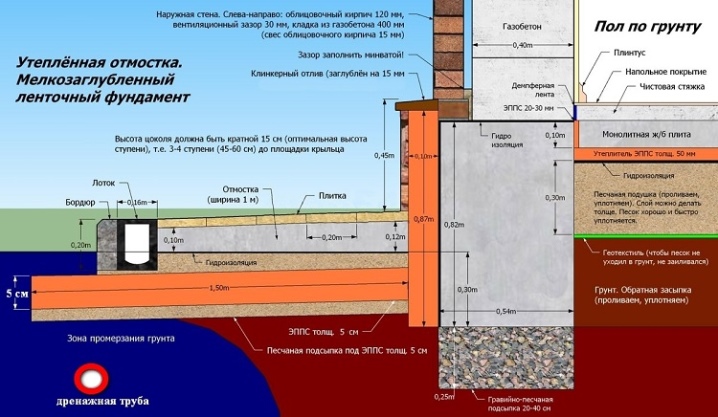
The construction of the roof of the country house deserves special attention. Since a suburban area is often limited in size, free space within its perimeter is a valuable resource. When designing and erecting a roof, this fact must be taken into account. In most cases, the roof of a country house is used as an additional living space. To do this, it is equipped in the form of an attic.
Such a constructive solution requires the development of an additional design scheme, including drawings of the rafters, the location of the supports and additional structures that provide the functionality of the attic floor.
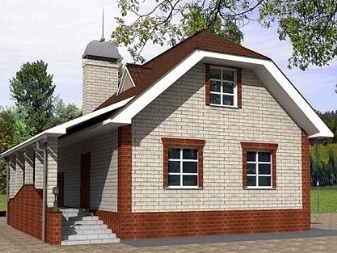
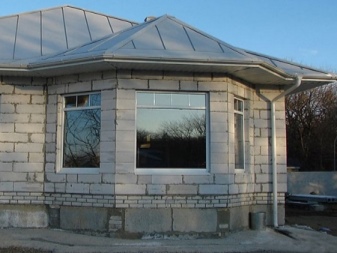
Since the country house is not a main-purpose home, expensive material is rarely used for its roof. Among the relatively cheap names of roofing materials, one can note slate, ondulin (soft roof)... Their cost may vary depending on the region and are associated with certain costs. For some entities, they are second-class material - budgetary, for others more expensive. Sometimes the value of the price is due to the proximity of the location of production facilities.
More expensive roofing materials - metal profiles, metal tiles. They are much stronger than other materials and have a wide range of color variations and profile names. With a close location of metal rolling production, it is advantageous to use them for the roof. The design features of the suburban structure may provide for individual living conditions aimed at ensuring comfortable operation. Their list includes plumbing, electricity, gas, sewerage. Depending on external conditions, each of these communications can be designed and installed taking into account the characteristics of the area.

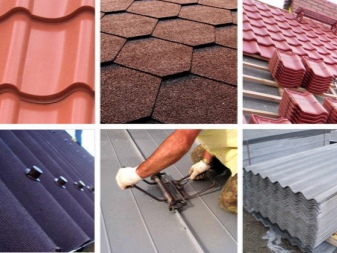
In a dacha settlement, there may be no centralized water supply. In this case, the problem of the lack of a constant source of water is solved by drilling a well. In some cases, you can drill with your own hands. Most often, it is necessary to resort to the help of specialized services engaged in the search for underground water sources for domestic use. The arrangement of the well and the temporary water supply must be completed before the construction of the house begins, since the constant supply of a large amount of water is an integral part of any construction project.
Before starting construction, you need to take care of the uninterrupted supply of electricity to the construction site. If there is no power line or the impossibility of connecting to it, you can use a diesel generator that is able to generate a voltage of sufficient rated power.
To save electricity, a pump with a manual pressure pump can be installed in a water well, which will reduce energy consumption, but increase labor costs and reduce the speed of work.

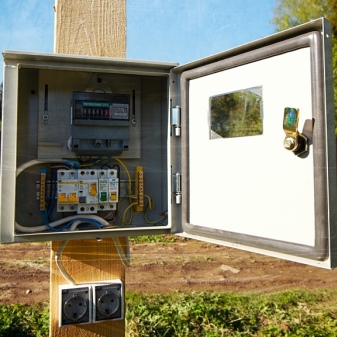
Foundation selection
The foundation is the key element of any building. By law, a building that does not have a foundation cannot be officially registered. When erecting a house, it is worth determining its final purpose, which will affect the choice of technology for mounting the foundation support.
The geographical location of the construction site and the geological characteristics of the area also determine the type of foundation that would be advisable to use. When choosing it, not only economic benefits are taken into account, but also its effect on the durability of operation and the safety of using the building for domestic purposes.
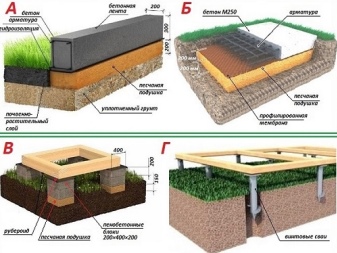
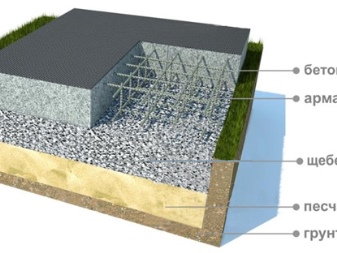
Improper selection of the foundation can lead to its premature destruction. Factors affecting the state of the foundation support:
- the presence of groundwater in the soil (or the level of soil moisture);
- soil composition;
- seismic activity on the ground;
- the presence of external factors of an emergency nature (flooding, frequent snowfalls, landslides, mudflows).
If the local soil is saturated with groundwater, this can negatively affect some types of foundations. The primary factor of negative impact is the washing out of the constituent elements of the concrete of the foundation. A secondary factor of this influence is the thermal stability of water. When temperatures drop, it and the soil in which it is located shrink. And at subzero temperatures, both soil and water expand, which can lead to the squeezing out of the foundation and the appearance of its destructive damage.
This fact requires increased attention when designing a house.
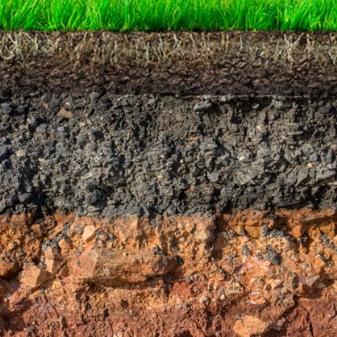

The composition of the soil directly affects the choice of the type of foundation. Soft and sandy ground requires more support for the home. The rocky and rocky structure of the soil implies the presence of natural strong supports, which reduces the need to provide a wide and cast foundation.
Features of seismic activity on the ground suggest the provision of an additional margin of safety for the foundation. A reinforcing cage can act as a reinforcing material. The higher the likelihood of tremors, the stronger the frame must be. To give overall stability to the entire structure, angular and horizontal reinforcing belts are poured. The amount of reinforcement in them and in the plane of the foundation should not exceed 10%, since its larger volume will reduce the volume of the concrete mixture, which will worsen the strength characteristics.


Regional characteristics that cause seasonal flooding also influence the choice of foundation structure. The higher the likelihood of flooding, the higher the foundation level should be. To prevent water seepage under the foundation, special corrugated perforated drainage pipes are used, which are driven into the ground along the perimeter of the house. The depth of their immersion should be at least half the height of that part of the foundation that is immersed in the soil.
Types of foundations:
- tape;
- pile;
- tape and pile.
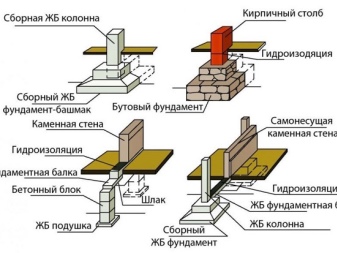
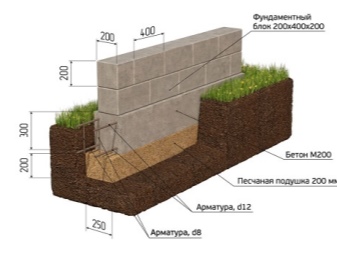
The strip foundation is a volumetric concrete "strip", one part of which is submerged in the ground, and the other is above it. The height of the "belt" is determined by the characteristics of the construction area described above. Its width depends on the general nature of the structure of the house, the material from which it will be built, and the presence of a basement or basement room. In some cases, the underground or above-ground part of such a foundation is made of special foundation blocks, which facilitates its arrangement, but increases the cost. The length of the strip foundation repeats the perimeter of the structure, provided for by the design drawings.
The pile foundation involves the drilling of vertical wells located on the perimeter line of the walls of the house. Their exact location should be calculated by an experienced engineer capable of calculating the areas of greatest stress.
It is extremely difficult to make a drawing of such a foundation and drill without experience. And mistakes at this stage can lead to negative consequences that will affect the state of the future home.
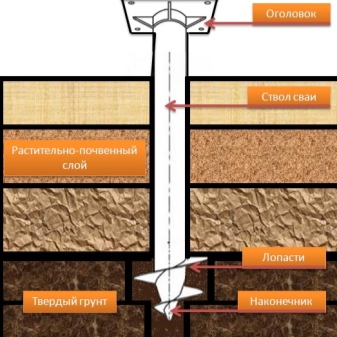
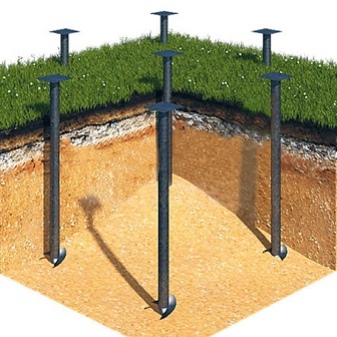
Walling
Building the walls of a country house is a process that requires the same approach that is required when building the walls of a main-purpose house. Within the framework of this part of construction, attention is paid to the following areas:
- level (vertical, horizontal, frontal);
- strength (refers to the material and to the methods of its connection with each other);
- compliance with the rules for the implementation of the appropriate construction technology.
The level or degree of evenness of the walls is of paramount importance. The correct location of the walls in the space of three planes will ensure the reliability of the structure, prevent its premature destruction, create conditions for safe operation and have a positive effect on the appearance of the structure.
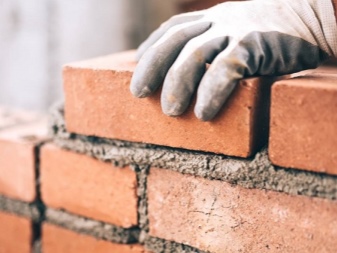
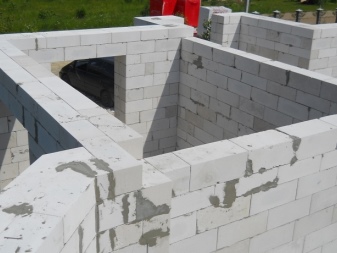
You can achieve the desired level of the walls using high-quality measuring tools. Among their list are:
- hydro level;
- bubble levels from 0.5 to 2 m long;
- laser level;
- tape measure, square, plumb;
- other related tools.

To ensure the strength of the walls, it is worth using high-quality materials. If this is a tree, then there should be no cracks, chips, twigs, areas of decay or other weak points in it. If it is a brick or a type of block, it must not be brittle, crumbly, broken, cracked or otherwise damaged.
Particular attention is paid to the connecting material. In the case of masonry, this is a cement-sand mortar, special foam, glue. This material should not be expired, damaged as a result of violation of storage conditions. In panel-frame construction, self-tapping screws, nails, metal connecting devices will act as connecting materials.
All of them must be of proper quality. An attempt to save money on the purchase of high-quality building material for the walls can lead to a decrease in the strength of the structure and its failure.


Roof construction
The roof of the house is an element of particular importance. For its construction, it is better to use the services of specialists. With self-installation, you should pay attention to the following points:
- quality of construction;
- the method and quality of its attachment to the walls of the house;
- type and technology of roof fastening.

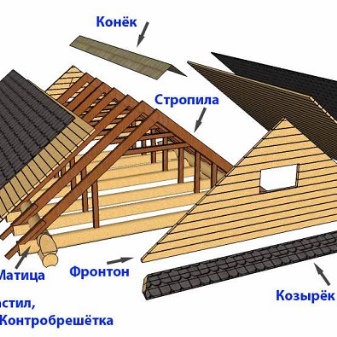
The high quality of the roof structure is achieved by preliminary drawing up of drawings and calculations. Saving of material is not allowed, which is expressed, for example, in an increase in the distance between the bearing supports. This can lead to its collapse or deformation in the winter season, when there is snow on the roof surface.
Particular attention is paid to the ways of attaching the roof to the walls of the house. If they are made using the technology of panel-frame construction, then the roof can be made part of the frame - its continuation. If masonry has taken place, it is advisable to fill in the upper reinforcing belt, into which the fastenings for the roof frame are embedded. The installation of the roof covering, according to the step-by-step instructions, is preceded by the provision of waterproofing and vapor barrier. If the floors are wooden, the effect of the insulating material on the wood is taken into account and the complete overlap of air movement in the openings of the rafters is excluded, which could lead to the appearance of mold and the development of rotting processes of the structure.
It is important to maintain the integrity of the insulation - this is a key factor in its installation. Even a slight breakdown can ruin the entire roof.

Installation of windows and doors
Doors and windows are elements that are installed after the construction of the main structure and before finishing. The nature of the building determines the technical parameters of these elements and the installation methods:
- material;
- size and shape;
- type of tools and fasteners.
When installing windows, you should be careful not to damage the flood, the surface (possibly decorative) and not to stain them, as this can spoil their final appearance.
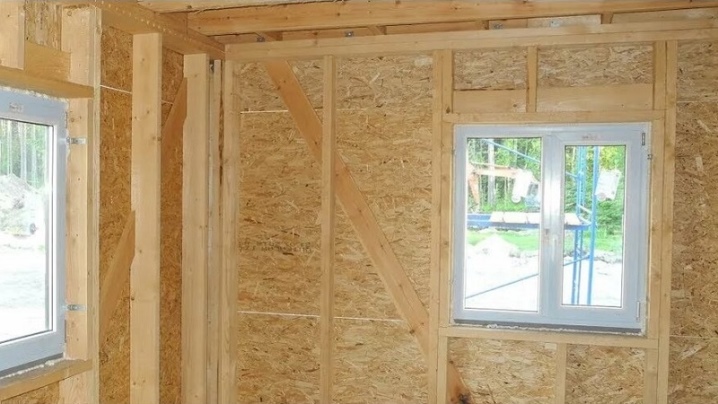
For information on how to build a country house with your own hands, see the next video.





























































Hello. We are a young family with many children, we received land from the administration, we plan to build it, so I am studying the information in order to do everything right. True, the house will be similar to that of self-builders. Thank you for a lot of useful information!
The comment was sent successfully.